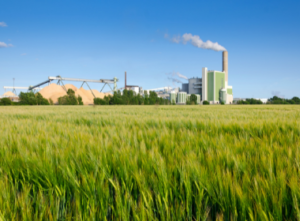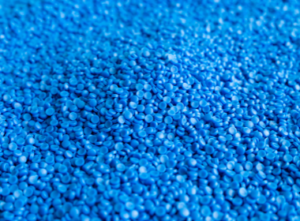 According to latest industry report by Global Market Insights, Inc. Refractories Market evaluation has an expectation to surpass $41 billion mark by 2025.
According to latest industry report by Global Market Insights, Inc. Refractories Market evaluation has an expectation to surpass $41 billion mark by 2025.
Refractories are materials that maintains its shape & chemical identity when subjected to extreme temperature and is used for applications requiring high resistance to heat, such as furnace lining. Cement industry utilizes approximately 15% of global refractories production.
Refractories performance is the most crucial parameters in cement industry due to its impact on production capacity and speed.
Refractories production produces silica dust known as respirable crystalline silica (RCS). RCS is responsible for the risk of developing silicosis. This disease makes breathing more difficult and the risk of lung infection is high. However, use of fabric filters and bag house can limit the exposure of RCS and can minimize the risk of developing lung infection.
Refractories market is classified into monolithic, brick & shapes and others. Other refractories products have an expectation to gain close to 3% by 2025. Other refractory products include ceramic fibers and refractories raw materials used for manufacturing refractories in house. Ceramic fibers are lightweight, has high temperature stability and are thermal shock resistant.
The industry segments the refractories market into non-clay and clay based refractories. The market for non-clay refractories has an expectation to gain more than 4% by 2025. Non-clay based refractory usually produces pressed shape or bricks. However, in some case alumina and magnesite- chrome materials fused into molds. Raw materials used for producing non-clay based refractories are carbonates and oxides of metals such as zirconium or magnesium.
Market segmentation
Refractories market have a few segments: neutral, basic and acidic based on type. The report anticipates acidic refractories will gain more than 3% by 2025. Acidic refractories are attacked by basic slag. This is the preference where slag and atmosphere is acidic.
According to manufacturing process, they divide the refractories market into formed, dry press process, fused cast, hand molded, formed and unformed. In terms of revenue, hand molded refractories was valued over USD 1.5 billion in 2018. These refractories are handmade due to which they do not have smooth surface as compared to machine made refractories.
The industry divides end-users for refractories market into non-ferrous metals, non-metallic, iron and steel and others. The industry anticipates refractories for non-ferrous metals to gain more than 3.9% by 2025. Non-ferrous metals usually include aluminum and copper which require large quantity of refractory materials for its production.
European refractories market will see a growth more than 2.5% till 2025. This is due to moderate growth in non-metallic industry in the region which will boost demand for glass, cement and lime from several end-users such as automotive, aerospace, solar panels, etc.
Some of the key players in refractories market are Imerys, HarbisonWalker International, RHI Magnesita, Morgan Advanced Materials, Vesuvius PLC, CoorsTek Inc., Krosaki Harima Corp., Resco Products, IFGL refractories ltd., Seven Refractories, etc.














